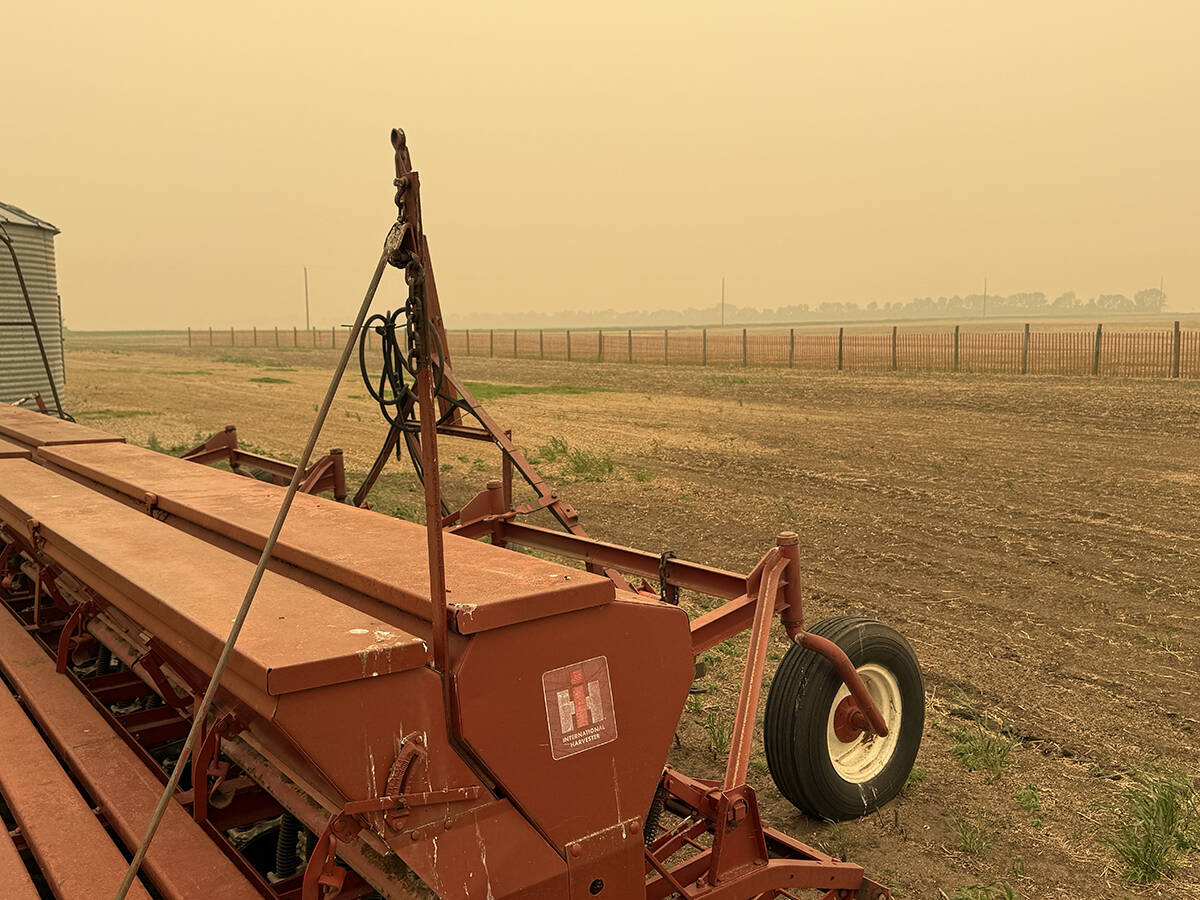Light pigs are weighing in as a bigger problem in large, all-in, all-out, grow-finish hog barns.
“They’re irritating,” explained John Deen, a swine researcher and veterinarian with North Carolina State University.
While light pigs are not as dramatic an issue as disease, Deen said they are affecting the pocketbooks of producers. He estimated one grow-finish operation with 108,000 hogs lost $8 million to $10 million on marketing light and overweight hogs.
Deen spoke to hog producers and barn managers last week at a seminar organized by International Pigletter.
Read Also

Wildfires have unexpected upside this year
One farmer feels smoke from nearby wildfires shrouded the July skies and protected his crop from the sun’s burning rays, resulting in more seeds per pod and more pods per plant.
The problem of light pigs is controversial, he said, because it’s hard to measure, analyze and control.
But packers are starting to increase the mark down for light pigs, and have even turned away truckloads.
All-in, all-out finishing barns want to produce as many market-ready hogs as possible in a given time period, said Deen. But as pigs grow, the variability in their weights increases.
To make good marketing decisions, producers need to estimate the costs per cycle of selling hogs at less-than-ideal weights. He suggested producers use a spreadsheet program to estimate:
- The proportion of light pigs when the barn is closed out.
- The value of hogs at different weights, gleaned from data from packers’ kill sheets.
- The added value gained from keeping a hog an extra day or extra pound.
- The losses from shipping at light weights.
Deen noted these costs change depending on market prices for hogs and feed.
He said producers should tag and weigh hogs likely to have a low average daily gain when they come into the feeder barn. Tracking their performance can help producers determine strategies that work in their operation:
- Culling early is one option.
- If barn design and labor allows, light hogs can be sorted together and treated differently with antibiotics, extra heat or straw bedding.
- Keeping litters together from the nursery onwards may provide benefits for the light hogs in the group, since they are less likely to be exposed to different diseases and have already found their place in the litter’s feeding order.
- Some operations sort light hogs into a separate “quality control” or “slush” barn where they are fed longer.
- Alternative markets, such as the whole-roasted market, may be an outlet for some light hogs.
- Producers can consider extending the grow-out period. Deen has helped develop new software to help managers determine the best time to close out a feeder barn. The software should be available this fall.














